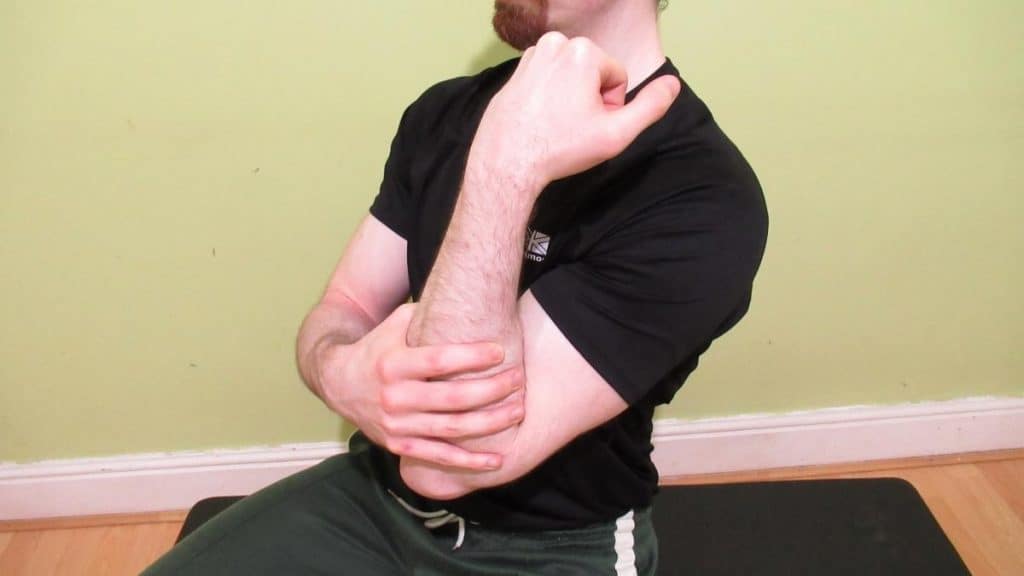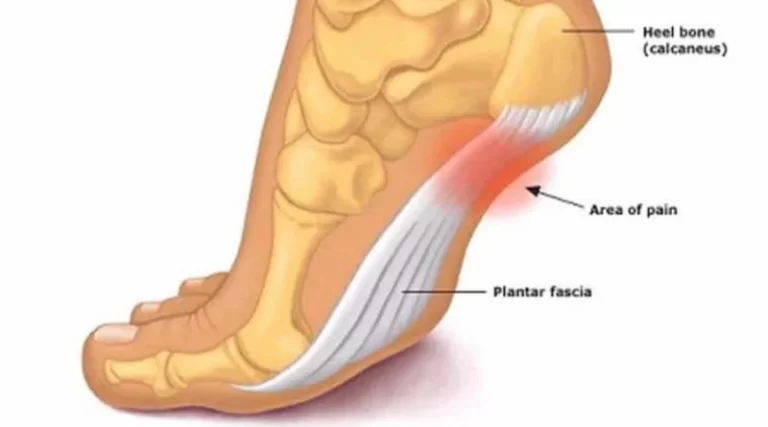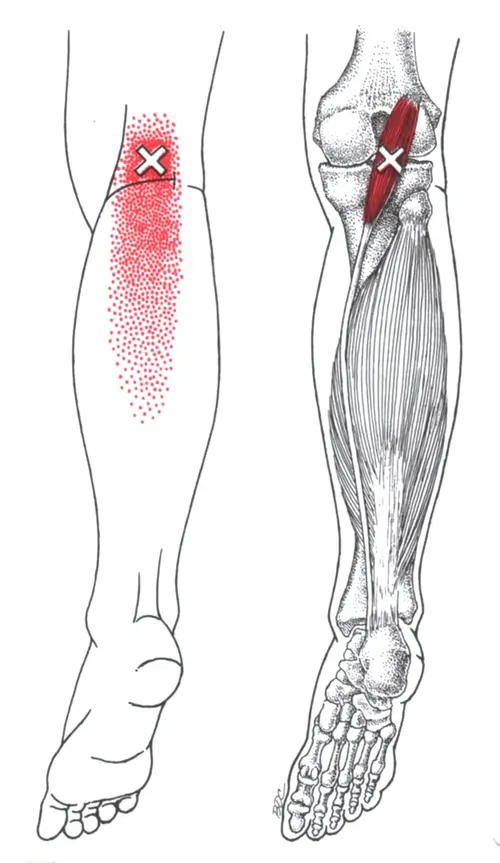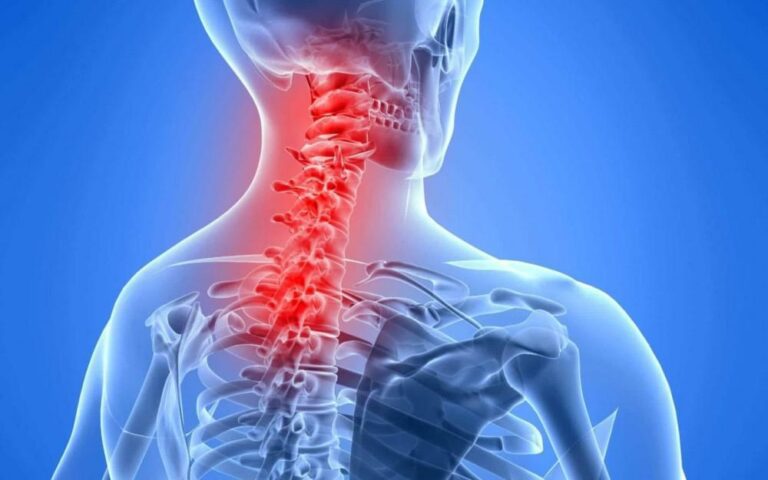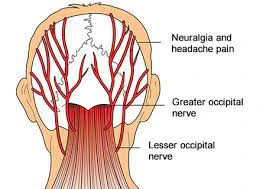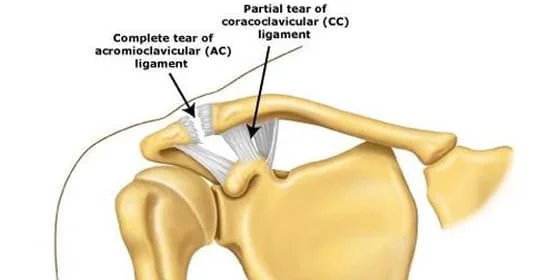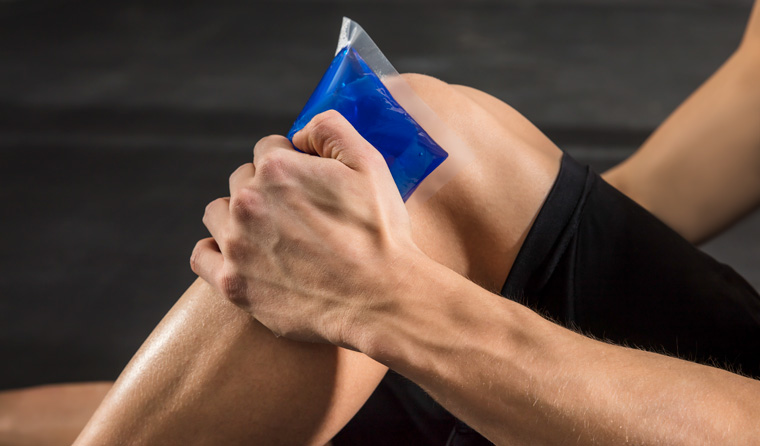Forearm pain when lifting:
Every people commonly feel pain in the hand & arm during weight lifting because weight lifting is produce inflammation in the forearm muscle when You don’t allow for sufficient recovery time between workouts.
Sometimes this pain is lead to serious medical conditions.
Forearm pain also occurs due to other many causes like overuse of the forearm muscle.
In this condition, you are observed with swelling, spam & redness around the pain area.
This pain is mostly relived by home remedies.
Sometimes require medical attention & contact with a doctor when the pain is not relived after home remedies.
Then this pain is reduced by to RICE principle, pain medication & physiotherapy treatment.
Table of Contents
What is the anatomy of the forearm?
- The forearm is a part of the upper limb & comprises the lower half of the arm which extends from the elbow joint to the hand. the forearm is made up of the ulna & radius bones.
- Both bones are long-form a rotational joint that allows the forearm to turn so that the palm faces up & down.
The forearm muscles :
- The muscles of the forearm are divided into two compartments:
- Anterior Compartment
- Posterior compartment
Anterior Compartment forearm muscle :
This compartment of the muscle is divided into 3 parts depending on the layer of muscle:
- Superficial muscles:
- Flexor carpi ulnaris
- Flexor carpi radialis
- Palmaris longus
- Pronator teres
- All muscles originate from a common tendon, which arises from the medial epicondyle of the humerus bone.
- Intermediate muscle :
- Flexor digitorum superficialis.
- This muscle has two heads – one head originates from the medial epicondyle of the humerus bone & the other head is originate from the radius bone.
- Deep muscles :
- Flexor pollicis longus
- Pronator quadratus
- Flexor digitorum profundus
- This compartment muscle group is perform the pronation of the forearm, flexion of the wrist joint & flexion of the fingers.
- This compartment muscle group is mostly innervated by the median nerve & receives the arterial supply from the ulnar artery & radial artery
Posterior Compartment muscle :
- This compartment muscle is commonly known as the extensor muscle.
- The general function of these Compartment muscles is produced to extend at the wrist joint & fingers.
- All muscles are innervated by the radial nerve.
This compartment muscle is divided into 2 parts depending on the layer of muscle.
- Superficial Muscles:
- Extensor carpi radialis brevis
- Extensor digitorum
- Extensor carpi ulnaris
- Extensor digiti minimi
- Brachioradialis
- Extensor Carpi Radialis Longus & Brevis
- Deep Muscles:
- The supinator
- Abductor pollicis longus
- Extensor pollicis brevis
- Extensor pollicis longus
- Extensor indices.
What are the causes of the forearm pain during lifting activities?
- When you are experiencing forearm pain after lifting weights, mostly it occurs due to muscle soreness.
- If your pain is particularly intense, then it becomes a sign of a more severe problem.
- DOMS = Delayed onset muscle soreness:
- When yesterday’s workout & weight lifting is making the muscles scream today, it is a good sign.
- Which is known as the delayed onset muscle soreness = DOMS.
- This phenomenon means DOMS usually manifests itself 24-48 hours after means post-workout & it can last anywhere from a few days to over a week.
- When you are doing the work hard enough it creates tiny tears in the muscle fibers.
- This condition happens when the bump up the workout intensity, frequency & length
- This condition usually kicks in 12 to 24 hours after a tough workout & peaks between 24 to 72 hours.
- This soreness is going away in a few days.
- This soreness also occurs in the forearm after lifting weights
- When you are trying to new lifting weights with DOMS soreness your forearm soreness is lead more serious.
- Incorrect lifting technique:
- When you feel muscle pain in your forearm during weight lifting due to your poor posture & incorrect weight lifting technique.
- When you are doing the weight lifting in an awkward position because it is applied to too much stress on the forearm it lead to an injured forearm.
- So first try your good posture & proper technique before weight lifting.
- Lifting too heavy:
- Sometimes your are feel forearm pain due to heavy weights.
- Which is applied to stress on the forearm muscle.
- When also you are lifting the weight heavily for a time it also leads to forearm pain.
- Overuse injuries:
- When you are performing repetitive motions for many sets & reps is give to results in forearm pain.
- Biceps curls exercises are a great example of injuries.
- Even with good posture when you are performing the excessive weight training & any exercise which is also given to result of overuse injuries.
What are the symptoms of forearm pain during lifting activities?
- Due to this pain, you feel muscle weakness in the forearm.
- You are also observed to have warmth, redness & swelling in the area of pain.
- Also reduced mobility means a range of motion = ROM of the elbow & wrist joint.
- Sometimes you also feel the whole upper limb pain.
- Tenderness & trigger points are also present in an area of pain.
- Sometimes present to Visible deformity of the elbow & wrist joint.
What is the treatment for forearm pain during lifting activities?
RICE principle:

When you feel muscle pain in the forearm muscle doctor is advised to RICE principle as home treatment or primary treatment.
- R – rest = Reducing the activity involving the forearm which helps the injured tendon, ligament, muscle, bone & nerve to recover, you do the rest periodically rather than remaining inactive for sustained periods.
- If the person presents with sports-related forearm pain avoid the sport till the pain is entirely subsided.
- I – ice = Applied ice on the area of pain for 20 minutes which is help to reduce inflammation & pain, you can is also used an ice pack & frozen peas to release the pain.
- C – compression = In the cases whereby movement is very painful, a person is required to splint & sling to restrict the movement & minimize pain.
- E – elevation = Elevate the arm with the help of a pillow reduce to swellings.
Pain medications:
- OTC is helping to discomfort with the forearm injury.
- Oral NSAIDs = non-steroidal anti-inflammatory drugs like ibuprofen/another OTC pain medication to acetaminophen Tylenol, which is good for short-term relief.
- Topical NSAID = non-steroidal anti-inflammatory drugs applied to creams/gels are also helped to ease the pain.
- If you are feels injured severely it is a good idea to see the doctor before use of self-medicating.
- You can also apply pain-relieving gel & spray like volini gel & spray on the area of muscle pain release to muscle pain & swellings.
What is Physiotherapy treatment for forearm pain during lifting activities?
When the muscle soreness is not relieved after the home treatment & pain medication then the doctor has advised physiotherapy treatment to release forearm pain.
Physiotherapy treatment is help you relieve pain, swelling, spam & tightness of the muscle pain.
The physiotherapy treatment includes massage, electrotherapy treatment & exercise therapy.
Massage:
- When the trigger & tender points are present in the muscle pain area therapist is advised to massage therapy release to the muscle pain.
- Massage is applied after 2 – 3 days of following the RICE principle when you are not feeling to release the muscle pain.
- Massage is applied with the help of the oil & applied for 5 -10 minutes.
- Massage is applied 3 times per day at home.
Electrotherapy treatment:
After the RICE principle, pain medication & massage if the muscle pain is not relieved then used Electrotherapy treatment for released muscle pain.
To relive the swellings, spams & pain therapist is advised to you electrotherapy treatment.
In electrotherapy, the treatment therapist is used to many machines.
- When the trigger & tender points are present therapists are advised & to apply US = ultrasound therapy for the release of muscle pain.
- This treatment is applied with the help of gel & applies for 5 to 10 minutes on the area of pain.
- This therapy helps you release pain & swelling.
- Reduce pain therapist is applied to SWD = short wave diathermy, IFT = Interferential Therapy, TENS = Transcutaneous Electrical Nerve Stimulation on the area of muscle pain.
- SWD = Short wave diathermy is hot therapy for release to spams on the area of muscle pain.
- IFT = Interferential Therapy & TENS = Transcutaneous Electrical Nerve Stimulation is applied with the help of gel & electrodes on the area of muscle pain.
- This therapy is applied for 10 minutes to the area of muscle pain.
Exercise therapy for forearm pain during lifting activities:
After following the RICE principle for the 2- 3 days at home & primary treatment & the help of pain medication, you feel released from the pain.
When you feel too comfortable & release from your muscle pain then the physiotherapist is advised to you exercise therapy reduce to muscle weakness & tightness.
The exercise therapy for muscle pain includes stretching & strengthening exercises.
Stretching exercise helps to relieve muscle tightness as well as strengthening exercise is help you relieve muscle weakness.
Stretching exercise:
After the follow of electrotherapy for 2-3 days for release to muscle pain by the physiotherapist then the therapist is advised to stretch for release to muscle tightness.
This stretching is applied when your pain is released & when you feel comfortable.
- Wrist extensor stretch
- Forearm flexor stretch
- Supinator stretch
- Two-arm forearm stretch
- Praying forearm stretch
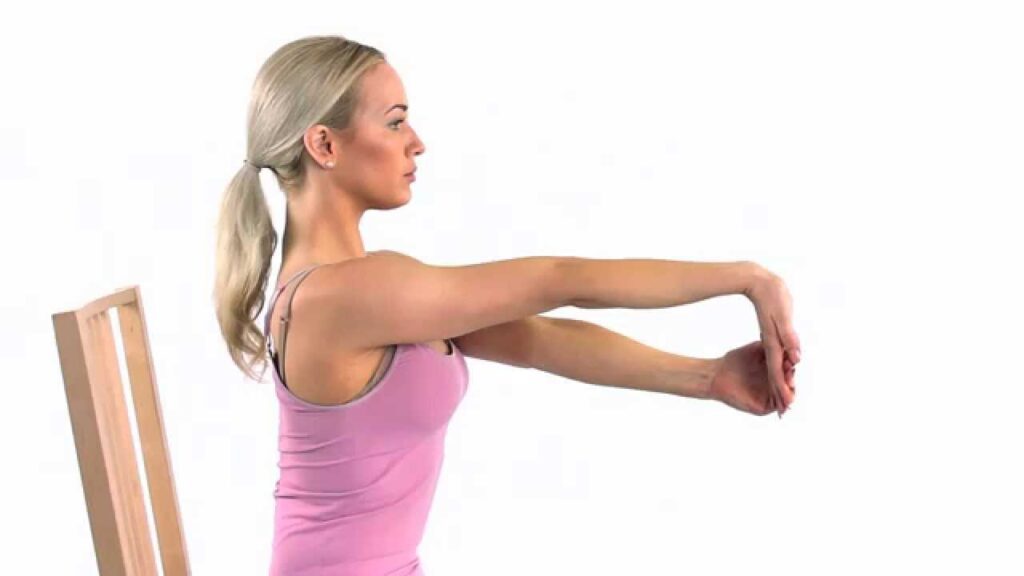
Wrist extensor stretch:
- You are in a sitting or standing position for this stretching.
- You are holding the arm out parallel to the ground & extend from the shoulder joint.
- Then turn the hand so it is facing downward.
- Try to use the opposite hand which pulls the outstretched hand down & toward the body.
- Bending the wrist joint & feeling a stretch on top of the hand &forearm.
- After that slightly rotate the arm inward to feel a further stretch.
- Hold this stretching position for 30 seconds.
- Do this stretching exercise 3 times in 1 session & perform the 3 sessions daily.
Forearm flexor stretch:
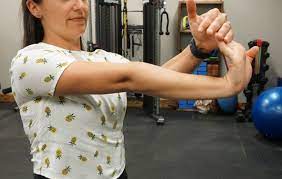
- You are in a standing position for this stretching.
- First place both arms out in front of the body with the elbow joint locked out.
- Try to raise the palm of one hand like waving to a friend.
- Then with the help of the other hand, gently pull the fingers towards the body.
- Hold this stretching position for 30 seconds.
- Do this stretching exercise 3 times in 1 session & perform the 3 sessions daily.
Supinator stretch:
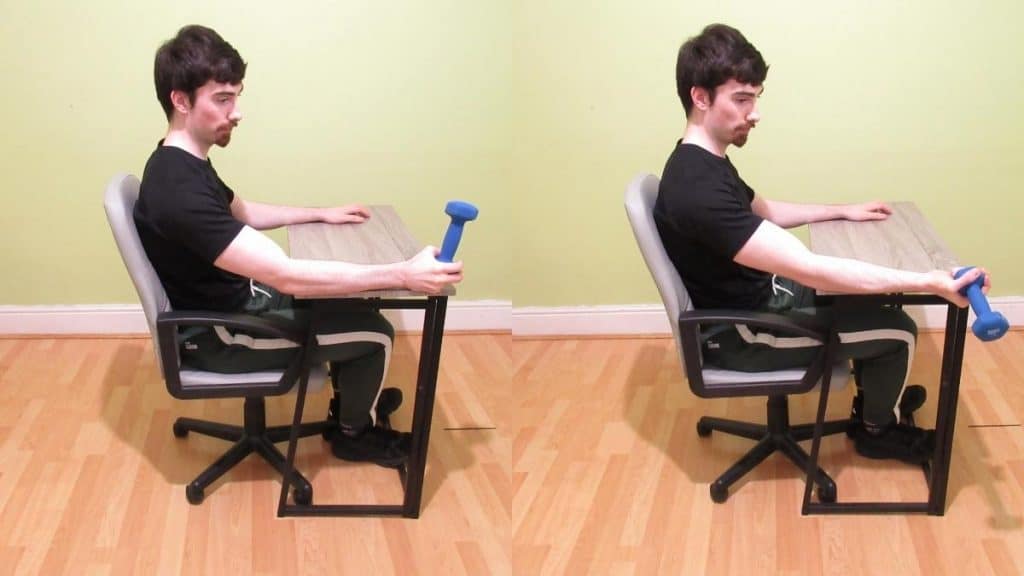
- You are in a sitting position for this stretching.
- Try to hold one end of a light dumbbell in the hand
- And rest the arm or palm down, on a flat surface.
- Then allow the dumbbell to rotate the hand just beyond neutral.
- Hold this stretching position for 30 seconds
- Always use to weight light dumbell.
- Do this stretching exercise 3 times in 1 session & perform the 3 sessions daily.
Two-arm forearm stretch:
- First place the hands out in front of the body, elbow joint locked out & then internally rotate means medial rotation of the shoulder joint so that the backs of the hands are facing each other.
- Then place one hand over the other hand & interlock all of the fingers.
- Try to rotate the arms in the opposite direction as the arm is stretched.
- Then with the non-working arm, you push the wrist joint of the stretched arm into flexion.
- Hold this stretching position for 30 seconds.
- Do this stretching exercise 3 times in 1 session & perform the 3 sessions daily.
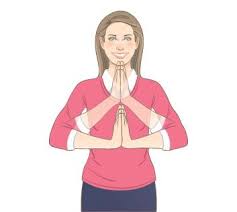
Praying forearm stretch:
- You are in a standing position & sitting upright in a chair.
- First, place the palms of the hands together without the interlocking of fingers.
- Then raise both elbow joints so that the wrist joint begins to bend.
- Must keep raising the elbow joint till feel a nice stretch in the undersides of the forearms.
- Hold this stretching for 30 seconds.
- Do this stretching exercise 3 times in 1 session & perform the 3 sessions daily.
Strengthening Exercises:
After the follow of Electrotherapy & massage for 2 -3 days to release muscle pain by the physiotherapist then the therapist is advised to you do strengthening exercises for muscle weakness.
This strengthening exercise is always advised when you feel to release pain & when you feel comfortable.
This all strengthening exercise helps to you muscle weakness & pain.
- Elbow bend
- Wrist extension
- Elbow extension
- Wrist rotations
- Forearm squeeze
- Fingertip pushups
- Crab walk
- Plank with shoulder taps
- Isometric wall push
- Sphinx push-ups
- Pull-up bar hang
- Palms-up wrist curl
- Palms-down wrist curl
- Grip crush
- Wrist dumbbell curls
- Farmer’s walks
- Pinch-grip plate holds
- Reverse barbell curl with the thumb-less grip
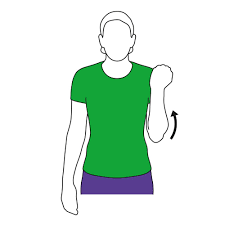
Elbow bend:
- You are standing up straight with your arms at the sides.
- Try to bend the right arm upward & allowing the inside of the hand to touch the shoulder joint.
- If you cannot reach the shoulder, this stretches only as close as you can.
- Hold this exercise position for 10 seconds.
- Do this exercise 10 times in 1 session & perform the 3 sessions daily.
Wrist extension:
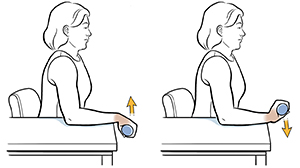
- You are in a standing position for this exercise.
- Try to extend the affected arm in front of the palm parallel to the floor.
- Then with the help of the opposite hand, you pull the wrist joint back toward the body.
- Pull the wrist joint back till feeling a stretch in the forearm muscle but do not feel any pain.
- Hold this exercise position for 10 seconds.
- Do this exercise 10 times in 1 session & perform the 3 sessions daily.
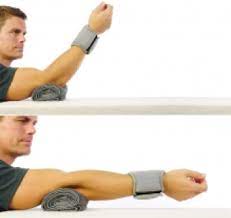
Elbow extension:
- You are in a sitting position for this exercise.
- First, place the elbow joint on a table or chair arm.
- Then use the opposing hand to gently push the forearm down towards the table or floor.
- Do this exercise without pain.
- Hold this exercise position for 10 seconds.
- Do this exercise 10 times in 1 session & perform the 3 sessions daily.
Wrist rotations:

- You are in a sitting position for this exercise.
- Try to extend to arms in front of them with hands at shoulder joint height.
- Make a fist & rotate each wrist joint clockwise then anticlockwise in a circular motion.
- Perform 10 repetitions in each direction in 1 session.

Forearm squeeze:
- You are using a pair of forearm grips & another object to squeeze like a tennis ball & a sock.
- Try to extend & flex the fingers to squeeze the item.
- Hold this exercise for 10 seconds, then relax the grip for a few seconds.
- Continue this exercise for 10–15 minutes at 1 time.
- Do this exercise 2–3 times per day.
Fingertip push-ups:
- You are in a kneeling position by a bench & sturdy object or bringing the fingertips down on the surface.
- Try to slowly & with control, you are bringing the chest to the bench & bend the elbow joint at a 90-degree angle.
- Hold this exercise position for 10 seconds.
- Do this exercise 10 times in 1 session & perform the 3 sessions daily.
Crab walk:
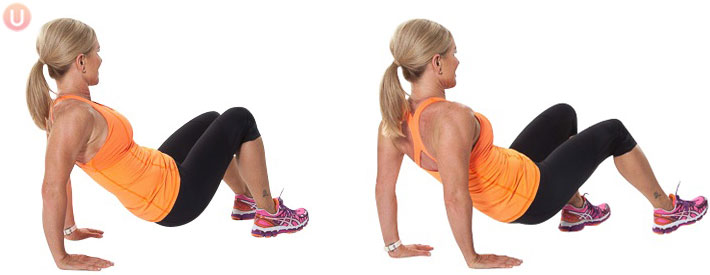
- You are in coming into reverse tabletop position.
- First place the hands under the shoulders joint, with the fingers facing toward your feet.
- Align the ankle joint directly under the knee joint.
- Walk forward on your hands & feet for up to 1 minute at a time.
- Do this exercise 10 times in 1 session & perform the 3 sessions daily.
Plank with shoulder taps:
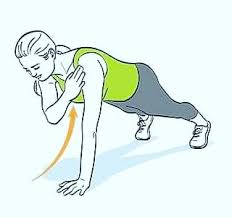
- You are in a kneeling position on the floor & a yoga mat.
- First place the hands are directly under the shoulder joint — such a pushup position.
- Try to curl the toes under & lift the body into plank position.
- You must behold the core muscle.
- Try to lift the right hand from the ground & touch the opposite shoulder joint.
- Return to hand to the floor.
- Do this exercise for 30 seconds & as the longer you can.
- Do this exercise 10 times in 1 session & perform the 3 sessions daily.

Isometric wall push :
- You are in a standing position in front of the wall with your hands on the wall.
- Must be keeping the arms straight but not locking the elbow joint.
- Try to press the arm firmly into the wall for 30 seconds.
- After 10 seconds release this pressure.
- Repeat this exercise 2–3 times per day.
Sphinx push-ups :
- You are in a forearm plank position, either on the toes & on the knee joint.
- Try to press the hands down firmly & lift the forearms till the arms are straight.
- Lower back down with the control.
- Release the pressure of exercise.
- Do this exercise 10 times in 1 session & perform the 3 sessions daily.
Pull-up bar hang:
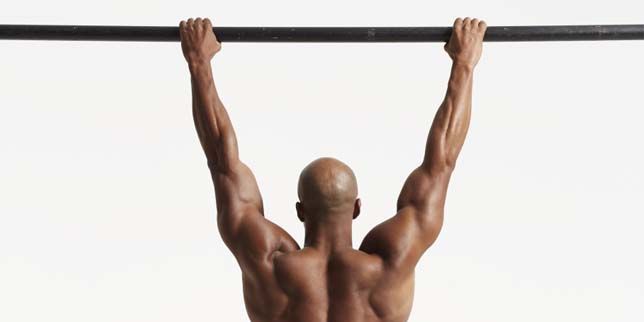
- You are the first to Grip the pull-up bar with the hands about the shoulder distance apart, palm facing forward.
- Hang for up to 30 seconds, with the arms straight & ankles joint crossed behind you.
- Repeat this exercise 2–3 times per day.
- To make it harder for this exercise:
- You are wrapping two small towels around the bar & grip the instead.
Palms-up wrist curl:
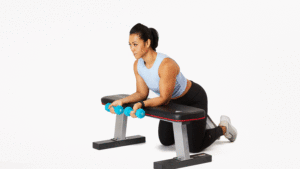
- You are in a sitting position rest the wrist joint on the knee joint & on a flat surface, with your palms facing up.
- You are holding a dumbbell in each hand.
- Try to raise the hands as high as possible must keep the arms still but if the wrist joint does not rise off the surface means the wrist joint is in rest position.
- After a slight hold, lower the hands into the starting position.
- Do this exercise 10 times in 1 session & perform the 3 sessions daily.
Palms-down wrist curl:
- You are in a sitting position rest the wrist joint on the knee joint & on a flat surface, with the palms facing up.
- First, hold a dumbbell in each hand & raise the hands as high as you can or must keep the arms still.
- But the wrist joint does not rise off the surface means the wrist joint is resting.
- After a slight hold returns the hands to the starting position.
- Do this exercise 10 times in 1 session & perform the 3 sessions daily.
Grip crush:
- You are in a sitting position & rest the left wrist joint on the knee joint on a flat surface, with a holding dumbbell.
- Relax & open the hand so that dumbbell rolls toward to fingertips.
- Try to tighten the hand & curl the wrist up & squeeze the weight as tightly as possible.
- After performing the 10 repetitions of this exercise & repeat on the opposite side.
- Do this exercise 10 times in 1 session & perform the 3 sessions daily.
Wrist dumbbell curls:
- You are in a sitting position on a bench & chair & holding a moderately heavy dumbbell in each hand.
- You place the forearms on the thighs so that the wrist joint is on top of the knees.
- Palms are facing up & down.
- Try to slowly lower the weights as far as you can.
- Then Grip the weights tightly & move only the hands.
- Curl the weights up as far as you can & return to the starting position.
- Do this exercise 10 times in 1 session & perform the 3 sessions daily.
Farmer’s walks :

- You are in a standing position tall & holding a pair of heavy dumbbells & kettlebells at the sides.
- Try to slowly walk from one end of the workout space to the other end & back.
- This exercise aims to do this farmer’s walk exercise for 30–45 seconds per set.
- Then do the Rest.
- Do this exercise 10 times in 1 session & perform the 3 sessions daily.
Pinch-grip plate holds :
- With the straight fingers, you pinch & hold a relatively heavyweight plate between the thumb & four fingers of the hand.
- But always do this exercise on one side.
- Hold this exercise position for 30–45 seconds per set & as long as you can.
- Do this exercise 10 times in 1 session & perform the 3 sessions daily.
Reverse barbell curl with the thumb-less grip:
- You are in a standing position & hold a barbell with the palms facing down & hands shoulder-distance apart.
- Must be kept the thumb alongside the rest of the fingers for a “thumbless grip.”
- Keep the elbow joint close to the sides then slowly bring the barbell toward the shoulder joint.
- Must be working on bending only at the elbow joint to focus on the forearms.
- Return into the starting position then move too slowly the entire time.
- Do this exercise 10 times in 1 session & perform the 3 sessions daily.
What is a home treatment for forearm pain during lifting activities?
- Always do the rest of the forearm which usually helps to reduce the degree of inflammation & swellings.
- You are applying Icing on the affected area with the cloth-covered ice pack for 10 to 15 minutes at a time which also helps to reduce the swelling.
- You are taken to over-the-counter pain-relieving medication, like ibuprofen (Advil) or acetaminophen (Tylenol), which help to reduce the pain & discomfort.
- Use a splint & bandage which limits mobility & also helps in healing.
How do prevent form forearm pain during lifting activities?
- You are avoiding activities that put excessive strain on the forearm, such as tennis games & certain types of weightlifting.
- Also taking to regular breaks from extended periods of computer use & use an ergonomic keyboard at work.
- Regularly do the Strengthening exercise of the forearm & increasing the grip strength through resistance training.

